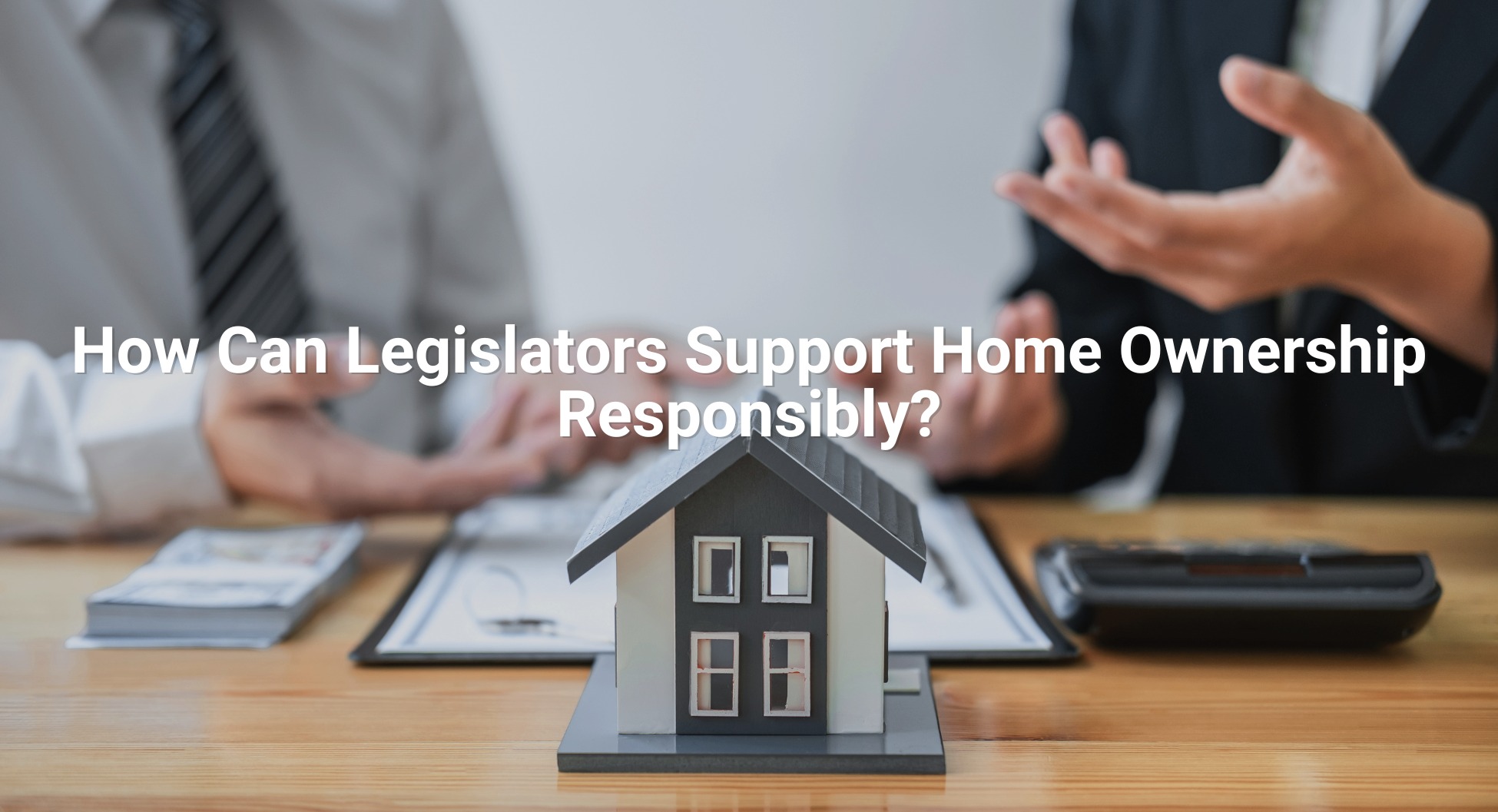Plenty of studies demonstrate the connection between home ownership and building wealth—for the current generation and for generations that follow. Unfortunately, with the economy’s current trajectory (increasing interest rates and increasing inflation), it’s getting harder and harder to buy a home.
With that in mind, the State Treasurer’s Office and an advocacy group called California Forward (CaFwd) recently published a report titled California Dream for All, where they recommend a shared appreciation loan investment model to make it easier for first-time homebuyers to buy a house. Let me tell you why this model could work in the private sector, but not in the public sector.
In investing, there is something called the risk-reward trade-off: basically, the higher the risk, the more you should be compensated for taking that risk. Your compensation is the reward.
A shared appreciation loan model is one where the investor (or lender) and the borrower share in the reward; that is, they share financial benefits from any appreciation in the value of the property. For an opportunity to benefit from the property’s appreciation, the investor/lender offers favorable loan terms.
The CaFwd website says, “The California Dream For All program uses a shared appreciation model that gives the state the ability to invest its budget surplus into a revolving investment fund, called the CA Dream Fund. The Fund would allow the state to invest in loans alongside first-time homebuyers to help them buy a house in any region of California.”
It all sounds great until you realize that for the public sector to engage in this model, taxpayer money must be invested, and I fear this is not a good investment. If the expected return on this program were high enough to account for the risk, then the private marketplace would be doing this, and the government wouldn’t need to.
Most people forget that housing prices don’t always go up. In 2008 when the housing bubble burst, residential prices dropped dramatically, and shared appreciation investors lost their shirts.
I understand why the government wants to help first-time homebuyers. In 2021, a 20-percent down payment on a median-priced home was about $100,000, which represents about twice the average annual household income in Ukiah. If you make less than the average income, that down payment is even further out of reach.
The California Forward website said, “While it won’t on its own solve the home affordability and supply problem in every region, the California Dream For All program model could be linked to other reforms in order to increase housing supply.”
In fact, this program is going to exacerbate the problem. In recent years, the government has taken the position that everyone needs a place to live, and to make this happen, we’ll subsidize rents, interest rates, down payments, and more.
The sad truth is that they are working on the wrong side of the supply and demand curve. If they increased housing, inflation-adjusted prices would fall. Increasing the supply would make homes more affordable for everyone without using taxpayer dollars to subsidize people’s ability to buy homes that already exist.
Even if the government wanted to give everyone a home, they couldn’t. There simply aren’t enough to go around. So, while helping some individuals buy homes through subsidies is a nice gesture, it’s just a big game of musical chairs where more and more people are left out.
If the government actually wanted to solve the problem, they’d need to support more housing by 1. Changing zoning laws, 2. No longer impeding new construction with ridiculous requirements and fees, and 3. Reducing the time and risk associated with subdivision approval. Otherwise, the housing shortage will continue to worsen.
Right now in the Ukiah Valley, a subdivision with more than five units requires years to get approval and hundreds of thousands of dollars in administrative expenses with no guarantee of success. While developers are waiting for approval, they must allow for holding costs – time is money. And they must be reimbursed for their risk. Can you imagine spending that kind of money with a decent likelihood of the project failing?
Getting back to the shared appreciation proposal, if housing prices always went up, there would be no risk. But that’s not the real world. Free market investors expect a return on investment commensurate with the risk they are taking. Taxpayers deserve no less. If the government cannot create a program that any self-respecting investor would consider, the government should not be allowed to use our tax dollars to fund it.
If you have questions about property management or real estate, please contact me at [email protected] or call (707) 462-4000. If you have an idea for a future column, share it with me and if I use it, I’ll send you a $25 gift certificate to Schat’s Bakery.


